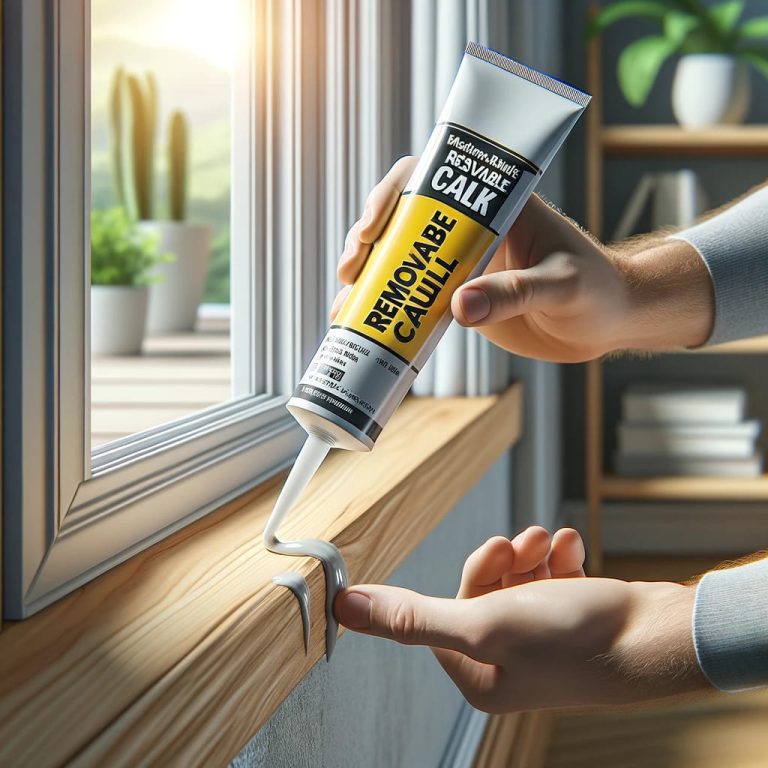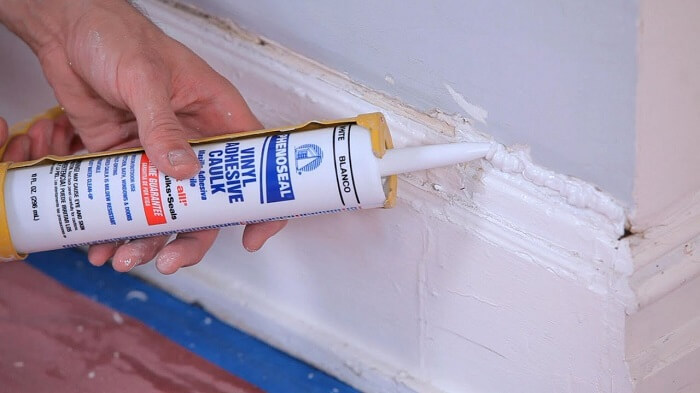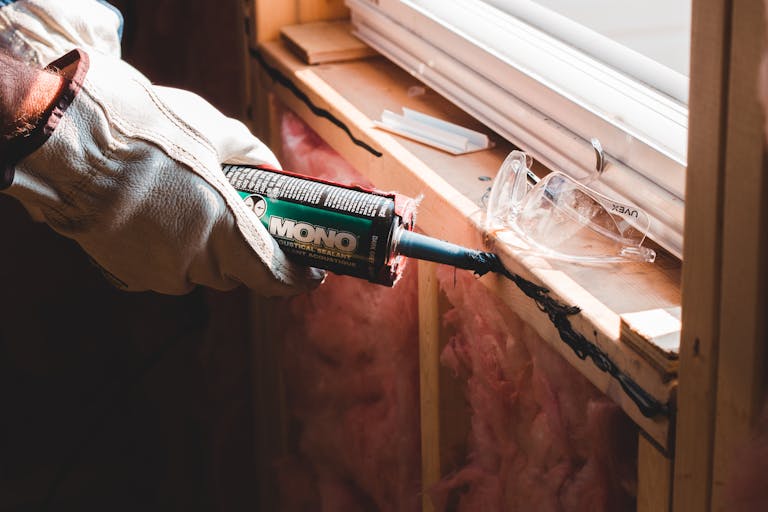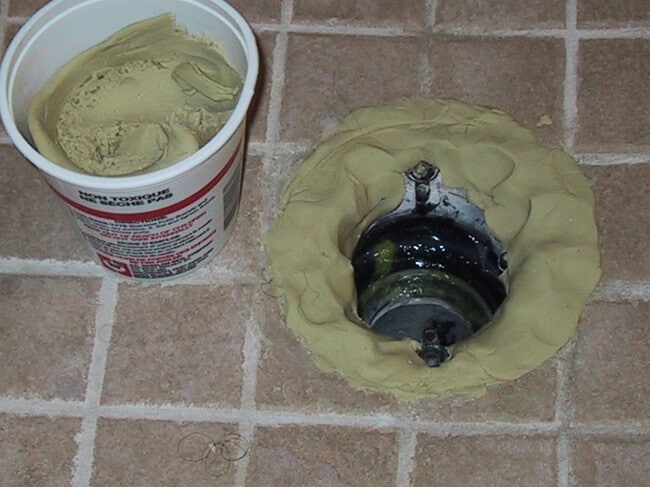How To Remove Silicone From Glass: Find out the Best Way with This Guide
Caulk comes in two types such as the silicone and water-based non-acrylic. Before knowing the ways to remove silicone, you must know first the product. Silicone is polymers in which the main content is siloxane. It comes in a rubber-like substance and colorless. This polymer is available in various forms including silicone caulk, resin, grease, oil, and rubber. They are common in electrical and thermal insulation, lubricants, adhesives, sealants, and even in medicine and cooking utensils.
Silicone is essential in different house projects such as installing tiles and walls. But the appearance changes over time, especially when exposed to dirt. Thus, the best solution is to remove the silicone.
How to Remove the Dried Silicone?
After applying the substance on any surface, expect that it would be difficult to remove. There is a commercial silicone remover available, but it is not safe. That’s why you must do homework to find a safe remover you can use specifically designed for dried silicone.
Things You Need
- Blade or razor
- A sharp knife
- Hairdryer
- Dish scrubber (nylon)
- Hand gloves
- Dump cloth
- Freshwater
- Rubbing alcohol
As mentioned above, silicone is used for various purposes and applicable to different surfaces. Here is some guide to get rid of the silicone on any surface.
Steps in Removing Silicone Sealant From Glass
When installing a glass window, requires using a sealant to fix the glass. If you will remove silicone caulk from the glass, choose the right option to use. Chemicals may damage the glass, especially the shower glass.
Step 1. Clean the surface
Make sure that the surface is clean. Thus, use a damp cloth in cleaning the glass.
Step 2. Remove the edge using a razor blade
After cleaning the surface, get a razor blade and cut slowly one edge of the sealant. Slowly pull out the loose area of the sealant.
Step 3. Heat up the sealant
If it is difficult to remove the sealant using the razor blade, another option is to apply heat to the sealant using a hairdryer. The heat will loosen the sealant so that it would be easier to remove.
Step 4. Clean the glass surface
To finish the process of removing the silicone from glass, you must clean the glass using freshwater or rubbing alcohol. You can use a cloth or sponge to wipe the glass.
Aside from rubbing alcohol, there are other products that can get rid of old caulk on the glass. You can use methylated spirits. It is a solvent that can break down or melt the silicone. Removing even the smallest particles can make the surface less sticky and easier to clean.
Aside from removing caulk from a glass material, this post will also guide you on how to remove old silicone caulk from the metal surface.
Read more: 3 Different Ways on How to Remove Dicor Lap Sealant
FAQs
Q: How to get rid of dried silicone from window glass?
A: The easiest way to get rid of dried silicone from your window glass is by using mineral spirits. All you have to do is rub the substance over the silicone residue and leave it there until the silicone soften. Use a damp cloth to wipe the surface. You can also use a razor blade to scrape the dried silicone caulk. But be careful not to damage the glass.
Read more: What Are The Best Caulk For Windows?
Q: How to eliminate aquarium sealant?
A: The first thing to do is remove the water from the aquarium and let it dry. You can use a hair dryer to heat the sealant and make it soften, but not melting. Scrape the sealant gently with razor blade. To remove the remaining fragments, damp a sponge and wipe the surface.
Q: Does a chemical can remove silicone?
A: There are some commercial products that can remove sealant from a glass, such as the WD-40. The product has chemical content able to loosen the silicone off the surface. With this, you can easily eliminate the silicone residue or smear on the mirror. It also works on other surfaces.
Before applying the WD-40, make sure to dry up the area and spray the chemical over the surface. Wait until the silicone loosen and remove it with a knife. Clean up the area completely from the WD-40 before applying new silicone to avoid reaction of chemicals.
When planning to use commercial products as sealant remover, it is a must to check the chemical content. Make sure that it is not harmful to human, especially if you will work on it closely. Keep in mind that many chemicals have strong odor that is bad to health.
Conclusion
It is essential to remove the residue of the sealant from the glass to avoid uneven surfaces. Keep in mind that it would challenge to apply new silicone if the surface is not well-cleaned. If you find it difficult to scrape the caulk, you can use a hairdryer or hot air gun. The silicone will melt upon heating it up, thus making it easier to scrape. Another solvent that you can use is white vinegar. Spraying or pouring an amount on the surface will soften the silicone.
If you will use commercial caulking removers, read first the instructions on how to use them. Never attempt to mix chemicals or cleaning agents. As much as possible, test first the removing agent on a small part of the surface. This way you will determine if it is suitable and won’t damage the glass.
Removing silicone caulk from any surface is not easy, especially in glass surface. With all the options to use, it is best to try first the natural cleaning agents such as vinegar or rubbing alcohol. Otherwise, using cleaning agents that contain chemicals may be hazardous to your health. Always ensure your safety when removing the caulk from any surface.
Read more: How to Get Silicone Off Your Hands: Follow This Helpful Guide
If you don’t have enough idea to remove silicone from glass, the best thing to do is someone who has an expertise to do the job. This way you can ensure the job is done properly without adding damage to the glass. Otherwise, you may end up replacing the whole glass surface.





